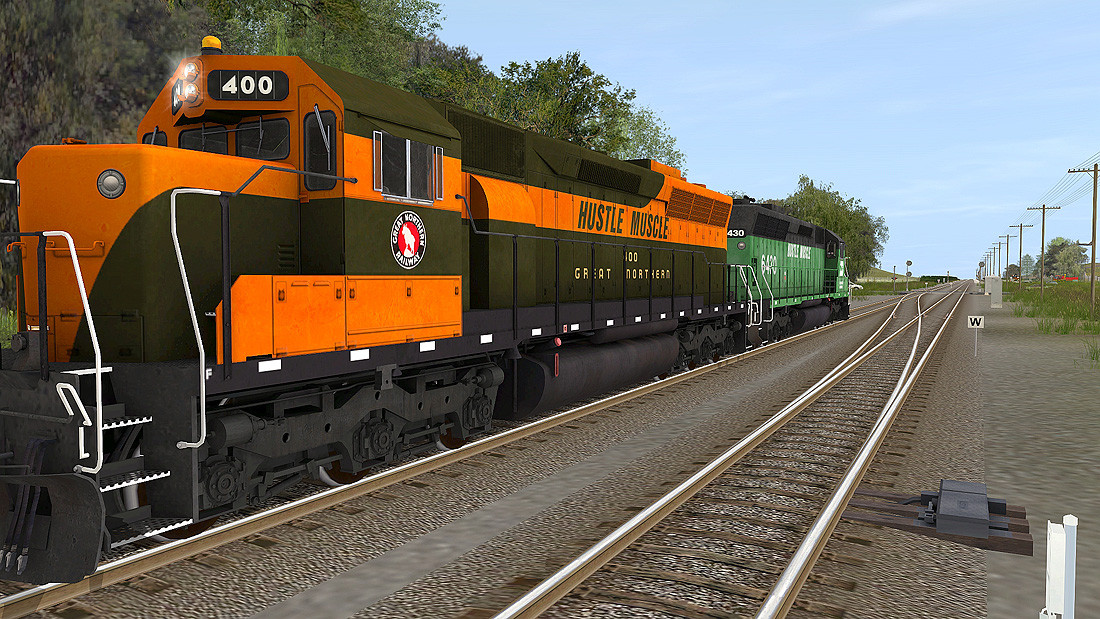Empire Builder: The Story of the Great Northern Railway
The history of American railroads is a tapestry woven with ambition, innovation, and determination. Among the many visionaries who left an indelible mark on the nation's transportation infrastructure, James J. Hill stands out as a formidable figure. His vision for a northern transcontinental route materialized through the construction of the Great Northern Railway, a monumental feat that reshaped the American West. In this article, we will delve into the life and times of James J. Hill, the challenges he faced in building the Great Northern Railway, and the lasting influence of this remarkable undertaking, often referred to as the "Empire Builder."
James J. Hill's Vision for a Northern Transcontinental Route
Born in 1838 in Ontario, Canada, James Jerome Hill was a man of great ambition and foresight. His journey into the world of railroads began modestly as a young freight agent, but his keen business acumen soon saw him rise through the ranks. By 1879, Hill had a vision that would shape the destiny of the American West. He saw the potential for a northern transcontinental railroad that would connect the Great Lakes to the Pacific Ocean, bypassing the harsh winters of the Rocky Mountains and offering a more efficient and year-round route.
Hill understood that this vision required a systematic approach. He acquired struggling railroads, piece by piece, knitting them together into the Great Northern Railway. Unlike other railroad magnates of his time, Hill eschewed government subsidies and instead relied on private investment, prudent financial management, and shrewd business tactics to build his empire.
The Challenges of Building the Great Northern Railway
Building the Great Northern Railway was a herculean task, fraught with numerous challenges. The most formidable obstacle was the rugged terrain of the Northern Rockies and the Cascades. Hill and his team had to engineer solutions to navigate through steep mountains, dense forests, and deep valleys. The construction required miles of tunnels, bridges, and trestles, all painstakingly built by thousands of laborers, including many immigrant workers.
The harsh northern winters added an additional layer of complexity. Snowdrifts in the region could be towering, making maintenance and operation incredibly difficult. Hill invested heavily in snow-clearing equipment, including powerful rotary snowplows and extensive snow sheds, to keep the railway operational during the winter months.
Moreover, Hill had to deal with competition from other transcontinental railroads, like the Northern Pacific and the Union Pacific, which often resorted to ruthless tactics to protect their interests. Hill's battle for supremacy in the region became known as the "War of the Rails," a ruthless and cutthroat struggle for control of the West.
The Lasting Influence of the "Empire Builder"
James J. Hill's Great Northern Railway was more than just a remarkable engineering feat. It had a profound and lasting influence on the American West and the nation as a whole.
- Economic Growth: The completion of the Great Northern Railway facilitated the movement of people and goods across the northern states, spurring economic growth and development in previously isolated areas.
- Settlement and Urbanization: The railway opened up vast tracts of land for settlement, leading to the creation of new towns and cities along its route. It also played a crucial role in the urbanization of the Pacific Northwest.
- Environmental Impact: The construction of the railway had significant environmental impacts, both positive and negative. It helped conserve forests by shifting the region's economy away from timber extraction and promoted tourism by showcasing the area's natural beauty.
- Transportation Revolution: The Great Northern Railway marked a turning point in transportation history. It set the standard for efficient and reliable rail service in challenging conditions, influencing subsequent generations of railroads.
In conclusion, the story of the Great Northern Railway and its visionary builder, James J. Hill, is a testament to the power of determination, innovation, and entrepreneurial spirit. Hill's dream of a northern transcontinental route became a reality against all odds, leaving an enduring legacy that shaped the American West and the nation's transportation system. The "Empire Builder" not only connected distant corners of the country but also connected the past to the future, forging a path for progress that still resonates today.
Recent Posts
-
Prototype Spotlight: GE ES44AC — Modeling a Modern Freight Workhorse
Prototype Spotlight: GE ES44AC — Modeling a Modern Freight Workhorse Published 2025-09-29• 8–10 min
-
How to Build a Realistic Freight Yard: Flow, Trackwork, and Car Management
How to Build a Realistic Freight Yard: Flow, Trackwork, and Car Management Published 2025-09-25 • 8
-
Scenery Basics: From Foam to Foliage — A Quick, Budget-Friendly Guide | Midwest Model Railroad
Modeling Tutorial Scenery Basics: From Foam to Foliage Published 2025-09-23 · 7–9 minute read Li




